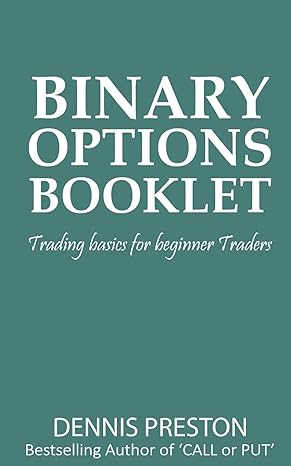Answered step by step
Verified Expert Solution
Question
1 Approved Answer
Create- 1. Static Budget 2.Actual Budget 3.Flexible Budget 4.Static Budget variance 5. Flexible budget variance 6. Variance Analysis Super Clean is local business in the
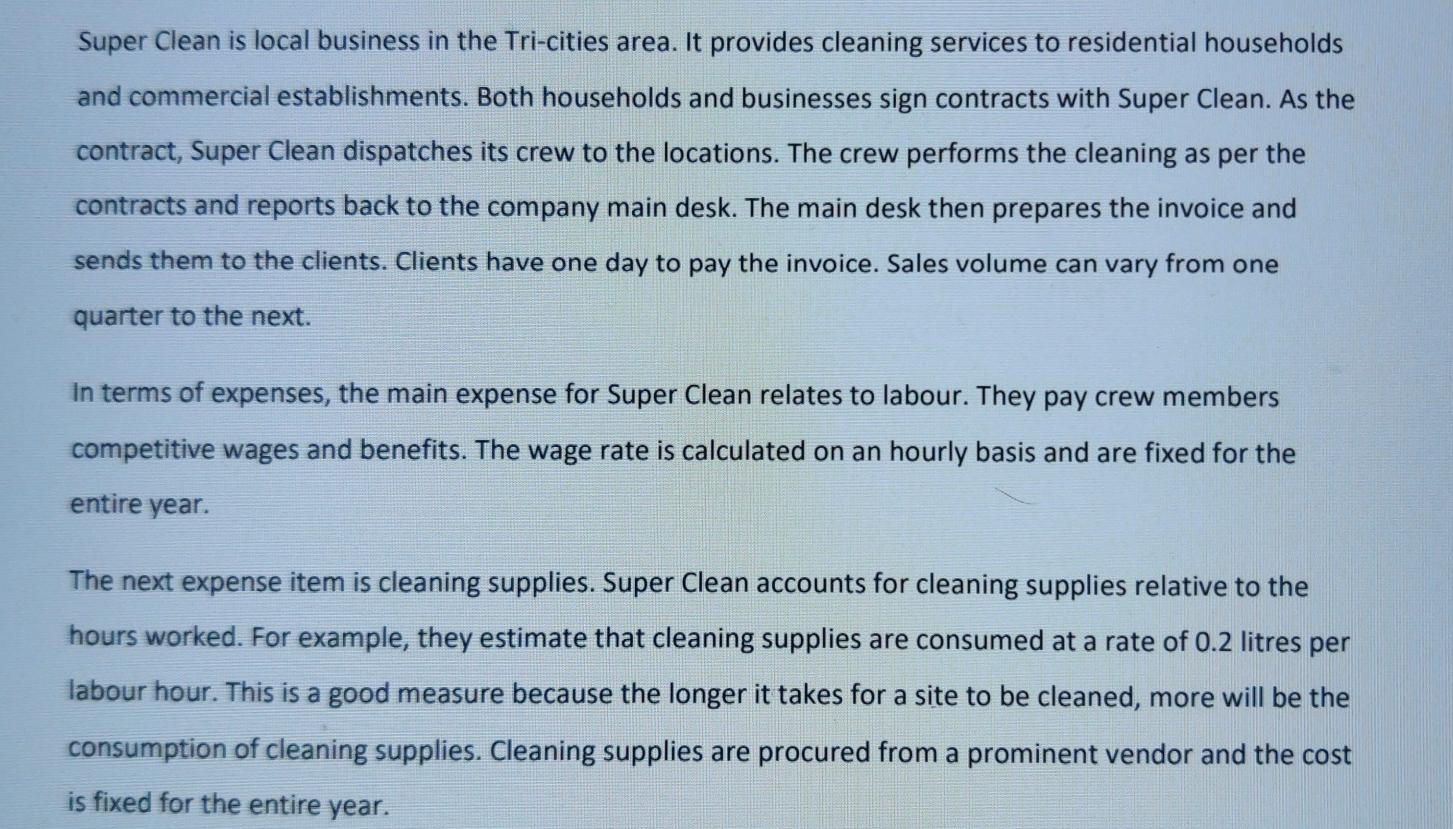

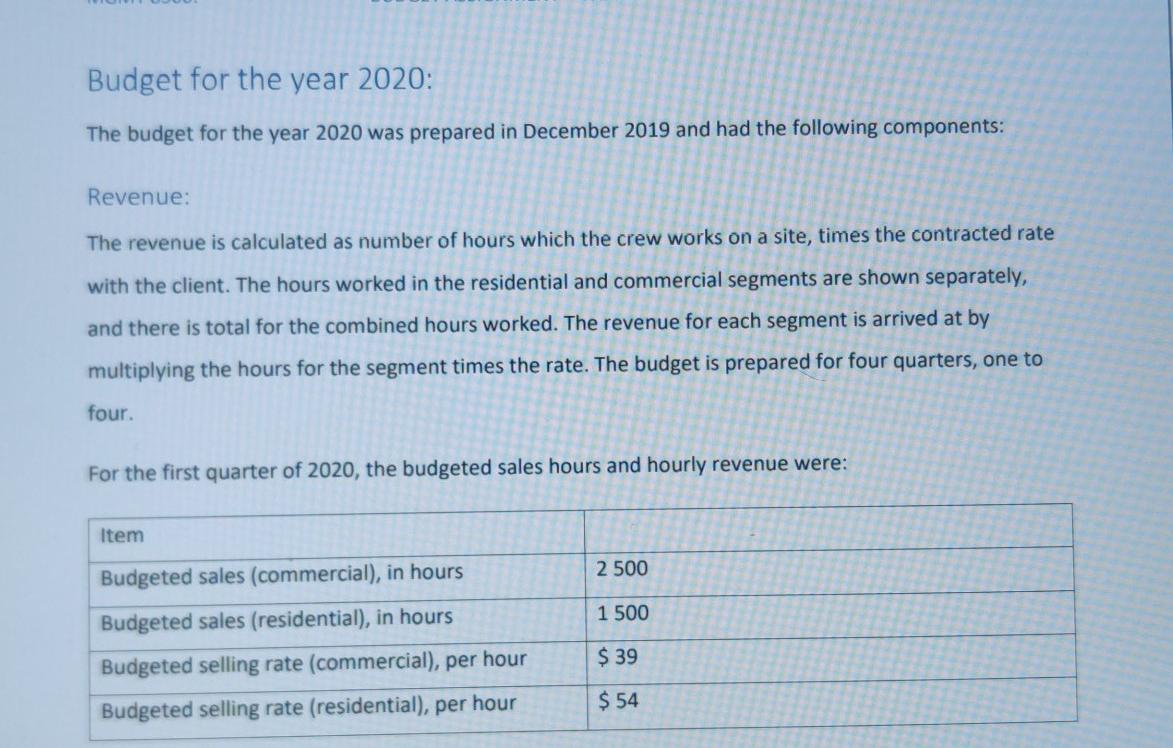

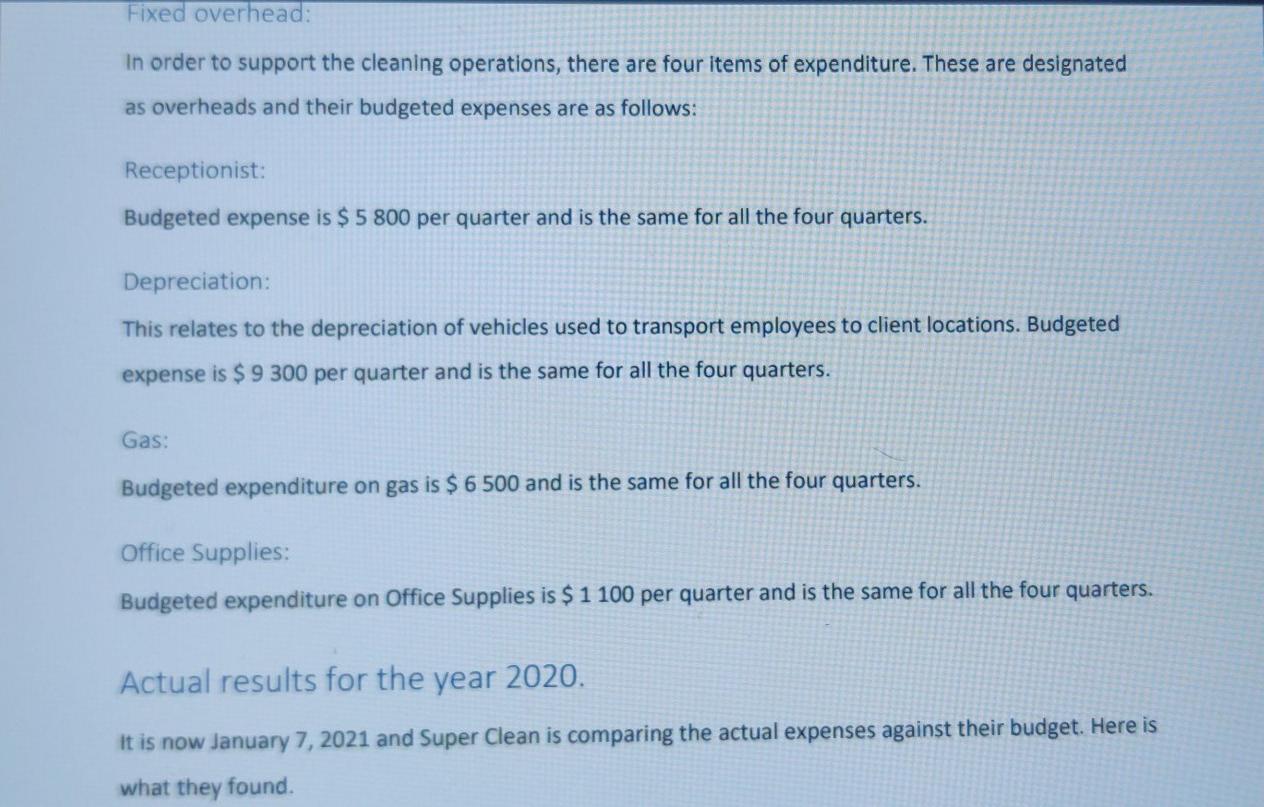
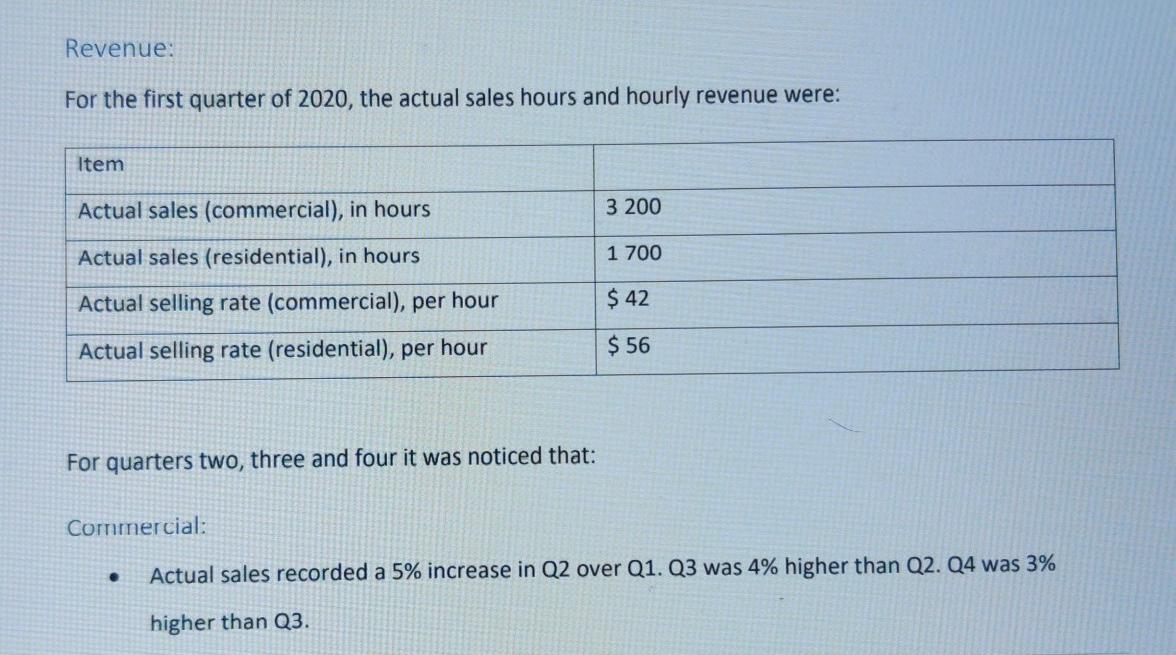
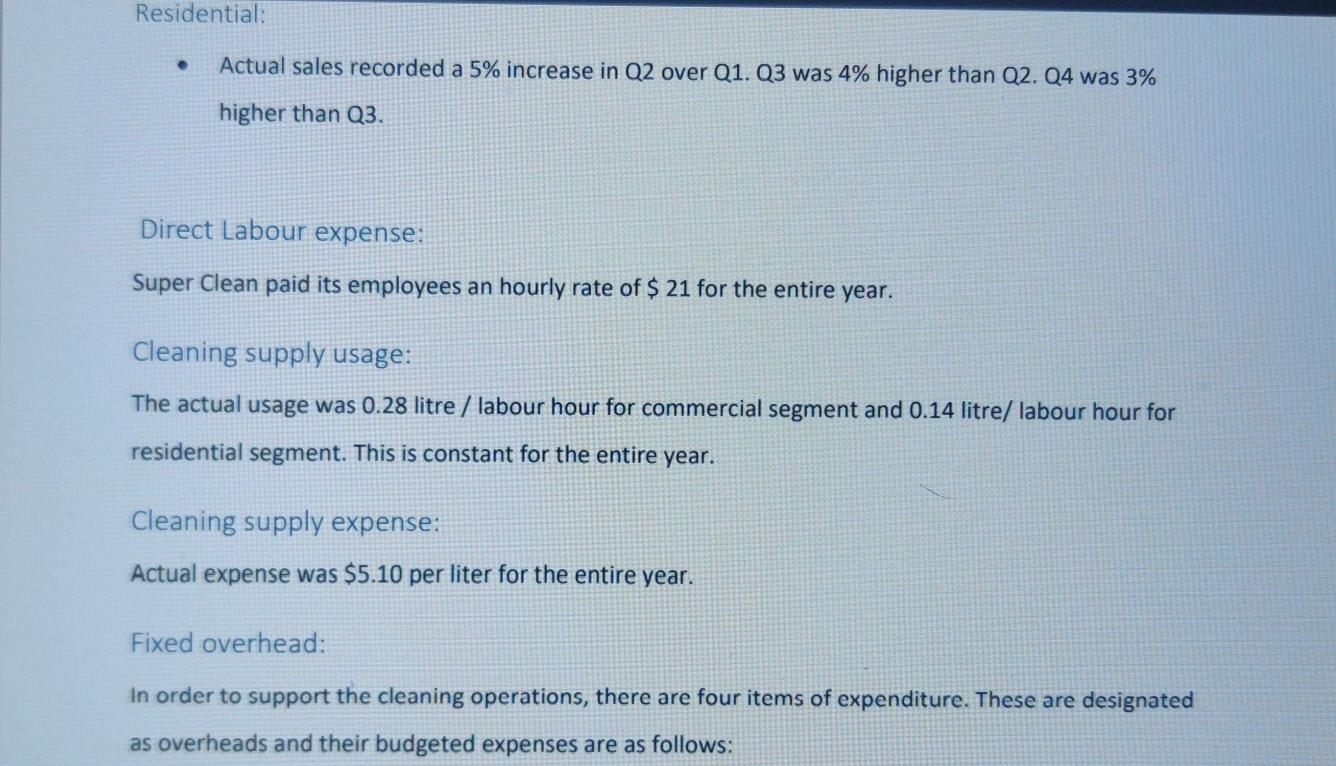
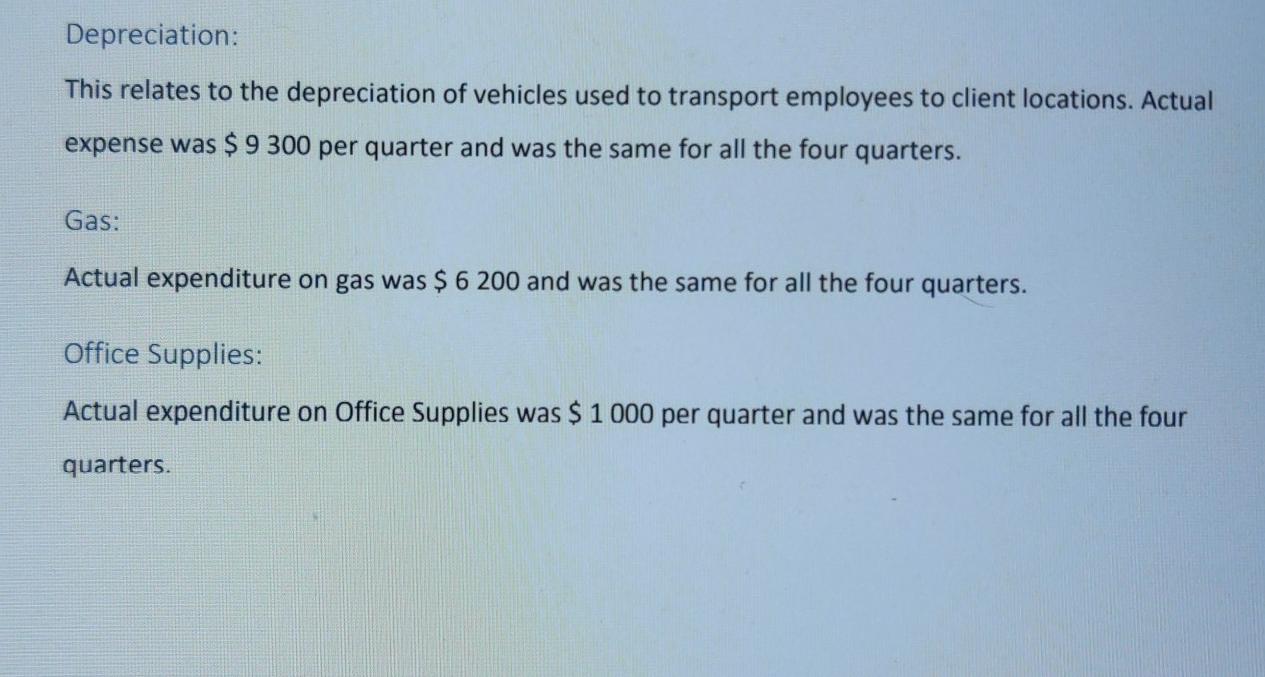
Create- 1. Static Budget 2.Actual Budget 3.Flexible Budget 4.Static Budget variance 5. Flexible budget variance 6. Variance Analysis
Super Clean is local business in the Tri-cities area. It provides cleaning services to residential households and commercial establishments. Both households and businesses sign contracts with Super Clean. As the contract, Super Clean dispatches its crew to the locations. The crew performs the cleaning as per the contracts and reports back to the company main desk. The main desk then prepares the invoice and sends them to the clients. Clients have one day to pay the invoice. Sales volume can vary from one quarter to the next. In terms of expenses, the main expense for Super Clean relates to labour. They pay crew members competitive wages and benefits. The wage rate is calculated on an hourly basis and are fixed for the entire year. The next expense item is cleaning supplies. Super Clean accounts for cleaning supplies relative to the hours worked. For example, they estimate that cleaning supplies are consumed at a rate of 0.2 litres per labour hour. This is a good measure because the longer it takes for a site to be cleaned, more will be the consumption of cleaning supplies. Cleaning supplies are procured from a prominent vendor and the cost is fixed for the entire year. The next expense item is cleaning supplies. Super Clean accounts for cleaning supplies relative to the hours worked. For example, they estimate that cleaning supplies are consumed at a rate of 0.2 litres per labour hour. This is a good measure because the longer it takes for a site to be cleaned, more will be the consumption of cleaning supplies. Cleaning supplies are procured from a prominent vendor and the cost is fixed for the entire year. Sometimes clients are not happy about the cleaning services and register a complaint. In that case crew is dispatched again for a second cleaning. The hours accruing from such scenarios are not billed to the clean as this constitutes a 'service recovery'. However, the crew is paid for such hours. Super Clean maintains a record of these hours and classifies them as 'unproductive hours', or 'unbilled hours. This is calculated as a percentage of revenue earning hours (e.g. 10% of revenue generating hours). Budget for the year 2020: The budget for the year 2020 was prepared in December 2019 and had the following components: Revenue: The revenue is calculated as number of hours which the crew works on a site, times the contracted rate with the client. The hours worked in the residential and commercial segments are shown separately, and there is total for the combined hours worked. The revenue for each segment is arrived at by multiplying the hours for the segment times the rate. The budget is prepared for four quarters, one to four. For the first quarter of 2020, the budgeted sales hours and hourly revenue were: Item 2 500 1 500 Budgeted sales (commercial), in hours Budgeted sales (residential), in hours Budgeted selling rate (commercial), per hour Budgeted selling rate (residential), per hour $ 39 $ 54 For quarters two, three and four it was projected that: Budgeted sales in hours for both commercial and residential with increase at the rate of 7% on a quarter over quarter basis. . Budgeted selling rate will increase at 5% on a quarter over quarter basis for the commercial segment and 4% on a quarter over quarter basis for the residential segment. Direct Labour expense: Super Clean will pay its employees an hourly rate of $ 22 for the entire year. Cleaning supply usage: The budgeted usage is 0.3 litre / labour hour for commercial segment and 0.15 litre/ labour hour for residential segment. This is constant for the entire year. Cleaning supply expense: Budgeted expense is $5.00 per liter for the entire year. Fixed overhead: In order to support the cleaning operations, there are four items of expenditure. These are designated as overheads and their budgeted expenses are as follows: Receptionist: Budgeted expense is $ 5 800 per quarter and is the same for all the four quarters. Depreciation: This relates to the depreciation of vehicles used to transport employees to client locations. Budgeted expense is $ 9 300 per quarter and is the same for all the four quarters. Gas: Budgeted expenditure on gas is $ 6 500 and is the same for all the four quarters. Office Supplies: Budgeted expenditure on Office Supplies is $ 1 100 per quarter and is the same for all the four quarters. Actual results for the year 2020. It is now January 7, 2021 and Super Clean is comparing the actual expenses against their budget. Here is what they found. Revenue: For the first quarter of 2020, the actual sales hours and hourly revenue were: Item 3 200 1 700 Actual sales (commercial), in hours Actual sales (residential), in hours Actual selling rate (commercial), per hour Actual selling rate (residential), per hour $ 42 $ 56 For quarters two, three and four it was noticed that: Commercial: . Actual sales recorded a 5% increase in Q2 over Q1. Q3 was 4% higher than Q2. Q4 was 3% higher than Q3. Residential: . Actual sales recorded a 5% increase in Q2 over Q1. Q3 was 4% higher than Q2. Q4 was 3% higher than Q3. Direct Labour expense: Super Clean paid its employees an hourly rate of $ 21 for the entire year. Cleaning supply usage: The actual usage was 0.28 litre / labour hour for commercial segment and 0.14 litre/ labour hour for residential segment. This is constant for the entire year. Cleaning supply expense: Actual expense was $5.10 per liter for the entire year. Fixed overhead: In order to support the cleaning operations, there are four items of expenditure. These are designated as overheads and their budgeted expenses are as follows: Depreciation: This relates to the depreciation of vehicles used to transport employees to client locations. Actual expense was $ 9 300 per quarter and was the same for all the four quarters. Gas: Actual expenditure on gas was $ 6 200 and was the same for all the four quarters. Office Supplies: Actual expenditure on Office Supplies was $ 1 000 per quarter and was the same for all the four quarters. Super Clean is local business in the Tri-cities area. It provides cleaning services to residential households and commercial establishments. Both households and businesses sign contracts with Super Clean. As the contract, Super Clean dispatches its crew to the locations. The crew performs the cleaning as per the contracts and reports back to the company main desk. The main desk then prepares the invoice and sends them to the clients. Clients have one day to pay the invoice. Sales volume can vary from one quarter to the next. In terms of expenses, the main expense for Super Clean relates to labour. They pay crew members competitive wages and benefits. The wage rate is calculated on an hourly basis and are fixed for the entire year. The next expense item is cleaning supplies. Super Clean accounts for cleaning supplies relative to the hours worked. For example, they estimate that cleaning supplies are consumed at a rate of 0.2 litres per labour hour. This is a good measure because the longer it takes for a site to be cleaned, more will be the consumption of cleaning supplies. Cleaning supplies are procured from a prominent vendor and the cost is fixed for the entire year. The next expense item is cleaning supplies. Super Clean accounts for cleaning supplies relative to the hours worked. For example, they estimate that cleaning supplies are consumed at a rate of 0.2 litres per labour hour. This is a good measure because the longer it takes for a site to be cleaned, more will be the consumption of cleaning supplies. Cleaning supplies are procured from a prominent vendor and the cost is fixed for the entire year. Sometimes clients are not happy about the cleaning services and register a complaint. In that case crew is dispatched again for a second cleaning. The hours accruing from such scenarios are not billed to the clean as this constitutes a 'service recovery'. However, the crew is paid for such hours. Super Clean maintains a record of these hours and classifies them as 'unproductive hours', or 'unbilled hours. This is calculated as a percentage of revenue earning hours (e.g. 10% of revenue generating hours). Budget for the year 2020: The budget for the year 2020 was prepared in December 2019 and had the following components: Revenue: The revenue is calculated as number of hours which the crew works on a site, times the contracted rate with the client. The hours worked in the residential and commercial segments are shown separately, and there is total for the combined hours worked. The revenue for each segment is arrived at by multiplying the hours for the segment times the rate. The budget is prepared for four quarters, one to four. For the first quarter of 2020, the budgeted sales hours and hourly revenue were: Item 2 500 1 500 Budgeted sales (commercial), in hours Budgeted sales (residential), in hours Budgeted selling rate (commercial), per hour Budgeted selling rate (residential), per hour $ 39 $ 54 For quarters two, three and four it was projected that: Budgeted sales in hours for both commercial and residential with increase at the rate of 7% on a quarter over quarter basis. . Budgeted selling rate will increase at 5% on a quarter over quarter basis for the commercial segment and 4% on a quarter over quarter basis for the residential segment. Direct Labour expense: Super Clean will pay its employees an hourly rate of $ 22 for the entire year. Cleaning supply usage: The budgeted usage is 0.3 litre / labour hour for commercial segment and 0.15 litre/ labour hour for residential segment. This is constant for the entire year. Cleaning supply expense: Budgeted expense is $5.00 per liter for the entire year. Fixed overhead: In order to support the cleaning operations, there are four items of expenditure. These are designated as overheads and their budgeted expenses are as follows: Receptionist: Budgeted expense is $ 5 800 per quarter and is the same for all the four quarters. Depreciation: This relates to the depreciation of vehicles used to transport employees to client locations. Budgeted expense is $ 9 300 per quarter and is the same for all the four quarters. Gas: Budgeted expenditure on gas is $ 6 500 and is the same for all the four quarters. Office Supplies: Budgeted expenditure on Office Supplies is $ 1 100 per quarter and is the same for all the four quarters. Actual results for the year 2020. It is now January 7, 2021 and Super Clean is comparing the actual expenses against their budget. Here is what they found. Revenue: For the first quarter of 2020, the actual sales hours and hourly revenue were: Item 3 200 1 700 Actual sales (commercial), in hours Actual sales (residential), in hours Actual selling rate (commercial), per hour Actual selling rate (residential), per hour $ 42 $ 56 For quarters two, three and four it was noticed that: Commercial: . Actual sales recorded a 5% increase in Q2 over Q1. Q3 was 4% higher than Q2. Q4 was 3% higher than Q3. Residential: . Actual sales recorded a 5% increase in Q2 over Q1. Q3 was 4% higher than Q2. Q4 was 3% higher than Q3. Direct Labour expense: Super Clean paid its employees an hourly rate of $ 21 for the entire year. Cleaning supply usage: The actual usage was 0.28 litre / labour hour for commercial segment and 0.14 litre/ labour hour for residential segment. This is constant for the entire year. Cleaning supply expense: Actual expense was $5.10 per liter for the entire year. Fixed overhead: In order to support the cleaning operations, there are four items of expenditure. These are designated as overheads and their budgeted expenses are as follows: Depreciation: This relates to the depreciation of vehicles used to transport employees to client locations. Actual expense was $ 9 300 per quarter and was the same for all the four quarters. Gas: Actual expenditure on gas was $ 6 200 and was the same for all the four quarters. Office Supplies: Actual expenditure on Office Supplies was $ 1 000 per quarter and was the same for all the four quartersStep by Step Solution
There are 3 Steps involved in it
Step: 1

Get Instant Access to Expert-Tailored Solutions
See step-by-step solutions with expert insights and AI powered tools for academic success
Step: 2

Step: 3

Ace Your Homework with AI
Get the answers you need in no time with our AI-driven, step-by-step assistance
Get Started


